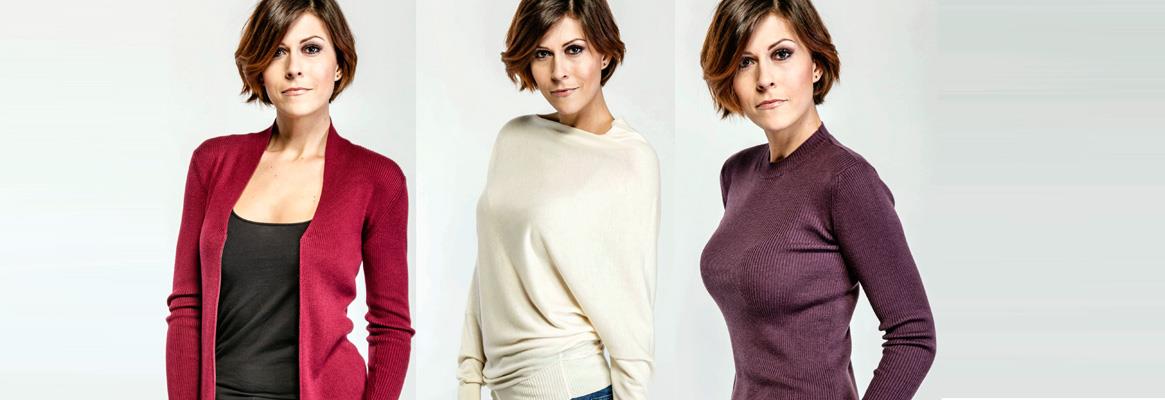Wellness Wear Fashion - a new generation of skin nourishing garment made from milk is coming. The custom of bathing in milk to maintain and improve one's beauty -thanks to its skin-soothing and perfecting properties - remains one of the oldest beautifying practices known since the times of queen Cleopatra. Milk-based body lotions are all over the internet, prised for their benefits and yet, however, you can apply them only once or twice a day.
Wellnesswear fashion-Lanital Fibre

 Until now, as apparel fashion brands have started to investigate innovative ways to bring the beneficial properties of milk to the wardrobe as well into what is becoming known as 'Wellness Wear'.
Until now, as apparel fashion brands have started to investigate innovative ways to bring the beneficial properties of milk to the wardrobe as well into what is becoming known as 'Wellness Wear'.
One of the earliest that toyed with the idea of making textiles from milk was the Italian chemical engineer Antonio Ferretti. In the 1930s Ferretti managed to extract a wool-like fibre from casein (a milk protein). The textile was lighter, softer, and more pleasant to the skin when compared to wool, somehow between silk and luxurious cashmere.
He later patented the fibre under the name Lanital which gained fast adoption in Europe until the late 40s when the petroleum-based textiles such as nylon - much cheaper to produce - took the spotlight.
Wellnesswear Fashion-Skin Nourishing, Soothing, and Hydrating
 Fortunately, the last decade of fashion innovations, with puts accent on sustainability, rediscovered the world of bio-fabrics. As such, given their waste-limiting production and unmatched eco-friendliness capabilities, milk-based fibres made a comeback on researchers desks and chemists labs, such as Qmilk whose largely engaged in the development of biopolymers based on milk proteins.
Fortunately, the last decade of fashion innovations, with puts accent on sustainability, rediscovered the world of bio-fabrics. As such, given their waste-limiting production and unmatched eco-friendliness capabilities, milk-based fibres made a comeback on researchers desks and chemists labs, such as Qmilk whose largely engaged in the development of biopolymers based on milk proteins.
But while to produce one kilogram of milk-based textile takes less than two litres of water when compared with ten thousand litres required to create the same amount of cotton, the value of the milk-based textiles comes not only from their eco-friendliness.
In the case of milk-based textile, certain amino acids are trapped inside the fibres, making the material hypoallergenic, antibacterial and breathable. Moreover, the garments made
from this innovative material are very beneficial to the skin of the wearer, thanks to their inherited functional values such as nourishing, soothing, and hydrating.
Wellness wear Fashion-Making a positive impact
 "The new generation of protein-based textiles are a great addition to the world of sustainable fashion, from both, the renewable and recyclable standpoint, and how they feel and perform." Kay Politowicz, co-founder of Textiles Environment Design (TED) at Chelsea College of Arts in London.
"The new generation of protein-based textiles are a great addition to the world of sustainable fashion, from both, the renewable and recyclable standpoint, and how they feel and perform." Kay Politowicz, co-founder of Textiles Environment Design (TED) at Chelsea College of Arts in London.
It is extraordinary to see that milk-textiles have not only made a comeback but are gaining the well-deserved attention, thanks to the tech-savvy conscious consumers looking to feel safer, cleaner, healthier while making a positive impact through their choices, every day.
This article has not been edited by Fibre2Fashion staff and is re-published with permission from thevou.com















Comments